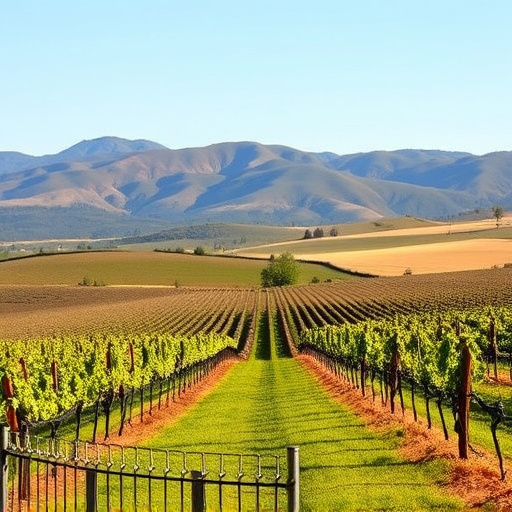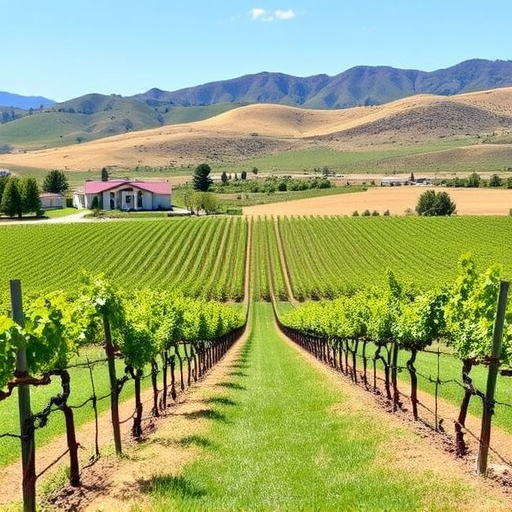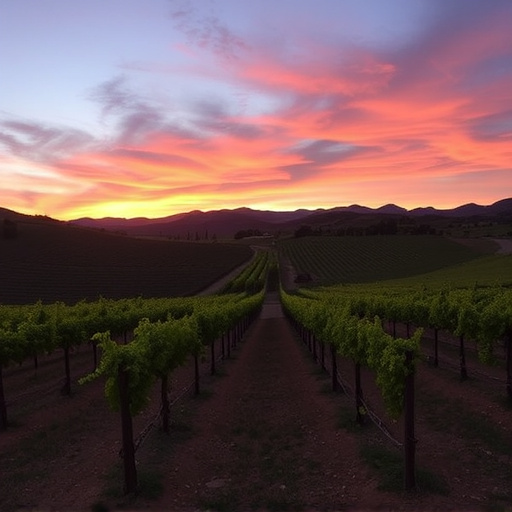The Sonoita region in southern Arizona is renowned for its diverse microclimates that significantly impact the quality and character of its wines. Each vineyard experiences unique temperature, sunlight, and wind patterns due to varied topography and surrounding landscapes, resulting in a range of wine styles from crisp whites to robust reds. Understanding these microclimates is crucial for winemakers, enabling them to harness natural variations for optimal production. The region's diverse elevations, soil types, and local conditions contribute to the distinctive flavor profiles found in Sonoita vineyards, making it a sought-after destination for wine enthusiasts seeking exceptional microclimate wines.
Explore the enchanting world of microclimates in the Sonoita region, where neighboring vineyards produce wines that tell a tale of diverse terroirs. This article takes you on a journey through the unique characteristics of Sonoita’s wine country. From understanding the impact of microclimates to tasting notes that highlight flavor differences, we uncover what makes each vineyard special. Discover how local factors shape the distinct character of Sonoita wines and why these neighboring properties stand out in the competitive world of viticulture.
- Understanding Microclimates and Their Impact on Wine Production in Sonoita Region
- A Tour of Neighboring Sonoita Vineyards: An Overview
- Comparative Analysis: Climate Conditions and Vineyard Practices
- Tasting Notes: Uncovering Differences in Wine Quality and Flavor Profiles
- The Art of Terroir: How Local Factors Shape the Unique Character of Sonoita Wines
Understanding Microclimates and Their Impact on Wine Production in Sonoita Region

The Sonoita region, nestled in southern Arizona, is renowned for its diverse microclimates that significantly influence the production of distinctive wines. Each vineyard within this area experiences unique temperature variations, sunlight exposure, and wind patterns due to the varied topography and surrounding landscapes. These microclimates play a pivotal role in shaping the character and quality of grapes grown, subsequently impacting the final wine’s flavor profile.
Understanding these microclimates is essential for winemakers in Sonoita. For instance, some vineyards benefit from cooler evenings that slow down grape ripening, allowing for higher acidity and complex flavors. In contrast, warmer areas foster faster ripening, resulting in fuller-bodied wines with higher sugar content. This natural variation contributes to the region’s reputation for producing a wide array of wine styles, from crisp white varieties to robust reds, all characterized by their unique terroir.
A Tour of Neighboring Sonoita Vineyards: An Overview

The Sonoita region, nestled in Arizona’s scenic high country, is renowned for its diverse microclimates that nurture an array of wine varieties. A tour of neighboring vineyards offers a fascinating insight into this unique terroir. Each vineyard boasts its own distinct microclimate, influenced by factors like elevation, aspect, and surrounding vegetation. These subtle variations translate into remarkable differences in grape ripening and flavor profiles, contributing to the region’s reputation for producing exceptional wines with unique character.
From rolling hillsides to sun-drenched slopes, the diverse landscapes of Sonoita vineyards create a captivating visual spectacle. As visitors traverse these neighboring properties, they encounter a symphony of microclimates that shape the flavors of the grapes, ultimately bestowing upon the region its distinct and celebrated wine styles.
Comparative Analysis: Climate Conditions and Vineyard Practices
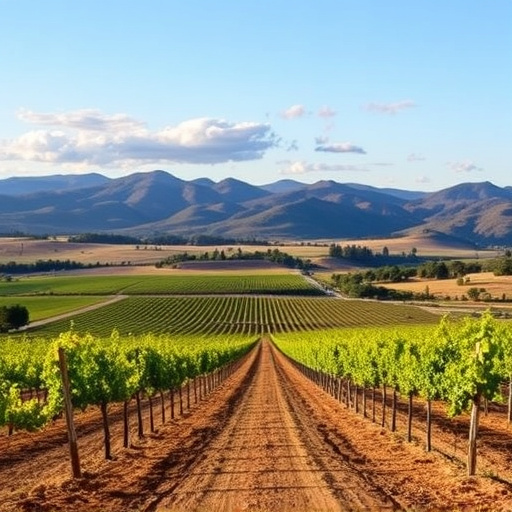
The microclimate within the Sonoita region plays a pivotal role in shaping the unique characteristics of wines produced at neighboring vineyards. A comparative analysis reveals distinct climate conditions that influence vine growth and subsequent wine styles. Soils, elevation, and proximity to water sources contribute to variations in temperature and sunlight exposure, creating diverse microclimates across the area.
Vineyard practices also differ from one estate to another, reflecting these microclimatic nuances. Some winemakers may opt for more intense canopy management to mitigate excess heat, while others might choose specific grape varieties or planting densities suited to their particular microclimate. These variations result in a captivating array of wines, each with its own distinct flavor profile and terroir expression, showcasing the remarkable diversity and complexity of Sonoita vineyards.
Tasting Notes: Uncovering Differences in Wine Quality and Flavor Profiles
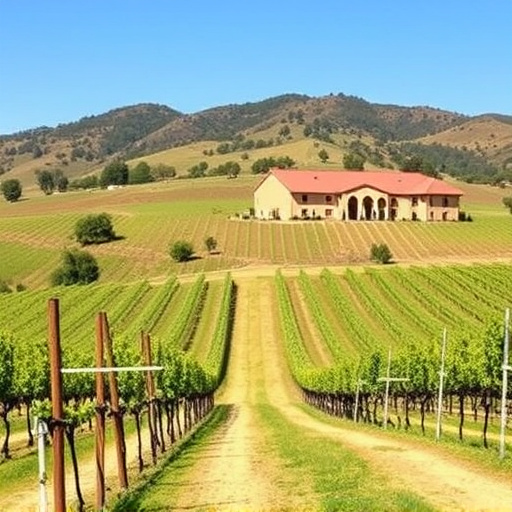
Tasting Notes: Unveiling the Nuances Between Sonoita Region Vineyards
When comparing microclimate wines from neighboring Sonoita region vineyards, one quickly notices distinct differences in quality and flavor profiles. Each vineyard, with its unique microclimate, terrain, and soil composition, contributes to the complexity of the final product. For instance, vines nestled in sun-drenched slopes might yield grapes with heightened acidity and intense fruit flavors, while those in cooler, shaded areas may produce wines with softer tannins and more subtle floral notes.
These variations create a fascinating dance of taste and aroma. A taster might encounter vibrant citrus and herbal notes in one vineyard’s offering, contrasting with another’s rich berry compote and earthy undertones. Such diversity is a testament to the intricate relationship between vines, soil, and climate, making each Sonoita region vineyard a unique destination for wine enthusiasts seeking nuanced and distinctive microclimate wines.
The Art of Terroir: How Local Factors Shape the Unique Character of Sonoita Wines
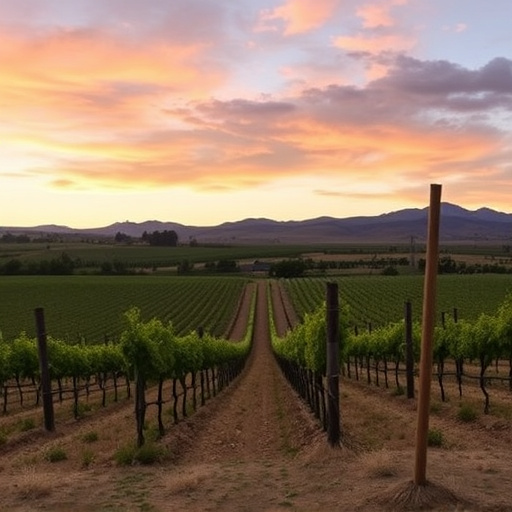
The unique character of Sonoita wines is inextricably tied to the concept of terroir—the intricate interplay between geography, geology, climate, and vineyard practices that imbues each bottle with distinctiveness. This microclimate phenomenon is particularly pronounced in the neighboring vineyards of Sonoita, where subtle yet significant differences in local factors contribute to a diverse range of wine styles. For instance, the region’s varied elevations, from rolling hills to sun-drenched slopes, influence temperature and sunlight exposure, resulting in varying ripening times for grapes.
Soil composition is another critical element. The diverse soil types found in Sonoita vineyards—from well-draining sandy soils to richer, deeper loams—affect water retention and nutrient availability, further shaping the grape’s flavor profile. These local variations create a microclimate that encourages distinct expressions of varietal characteristics, making each vineyard’s wine a unique testament to its specific terroir.
The diverse microclimates within the Sonoita region play a pivotal role in shaping the distinct character of its wines. By comparing neighboring vineyards, we’ve uncovered how varying conditions and vineyard practices contribute to unique flavor profiles. This exploration highlights the intricate relationship between terroir and wine quality, providing insights that will delight both local oenophiles and those curious about global wine production. Discovering these subtle differences enriches our appreciation for the intricate dance between climate, land, and grapevines in the enchanting Sonoita vineyards.
